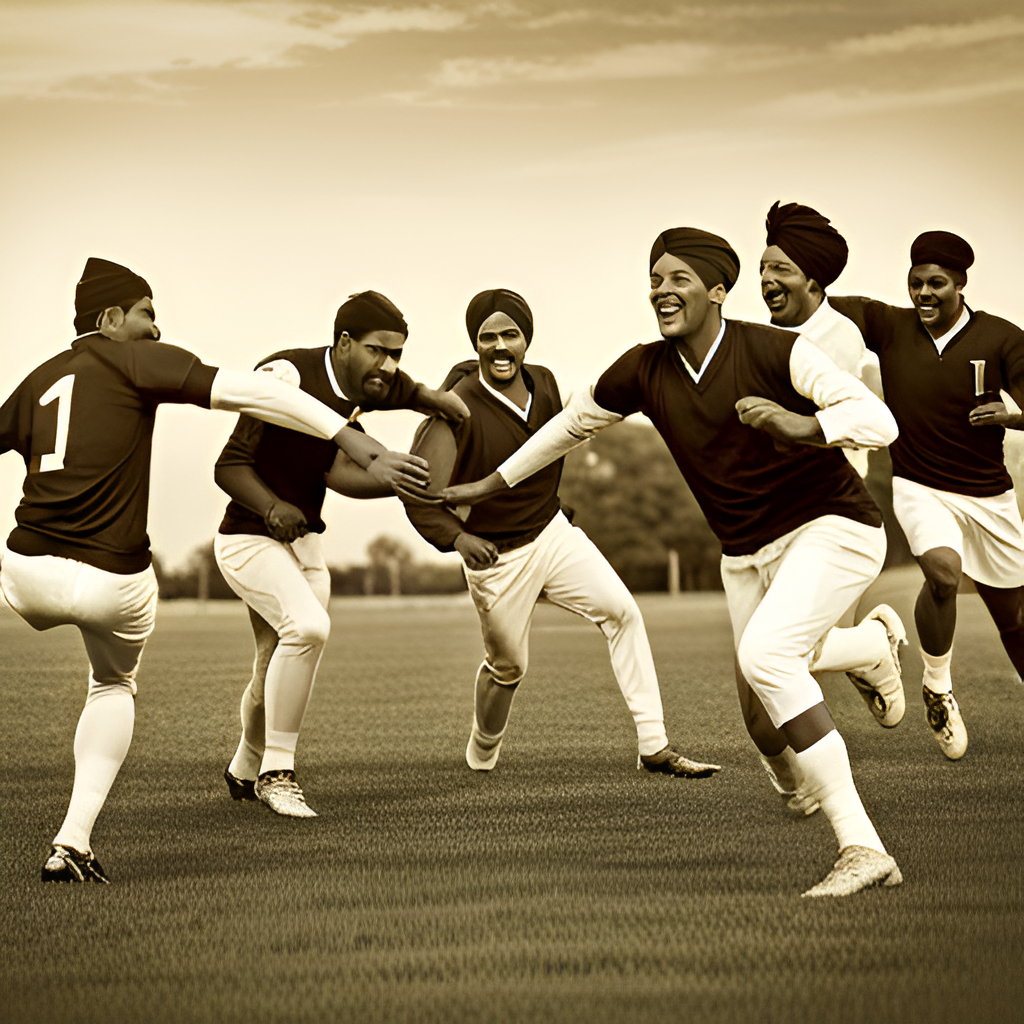Football, also known as soccer, has a long history in India and has evolved significantly over the years. Here is an overview of the evolution of football in India:
Introduction and Early Development:
Football was introduced to India during the colonial era when British soldiers and colonial administrators brought the game to the country in the mid-19th century. The game initially gained popularity among the British expatriate community, but soon Indians started playing as well.
Institutionalization and Formation of Associations:
In the late 19th century, football began to be organized more formally. The Calcutta Football Club, established in 1872, was one of the earliest football clubs in India. The sport gained momentum, leading to the formation of regional and state-level football associations, such as the Indian Football Association (IFA) in 1893, which played a crucial role in promoting and organizing football competitions.
Growth of Competitive Football:
Competitive football grew steadily in India, with numerous local and regional leagues emerging across the country. The Durand Cup, founded in 1888, and the IFA Shield, founded in 1893, became prestigious tournaments. The early 20th century saw the establishment of many football clubs, including Mohun Bagan and East Bengal, which played a significant role in popularizing the sport.
- 2036 Olympics: Top Contenders for the Next Global Sporting Event

- Board of Control for Candid in India (BCCI)

- Border-Gavaskar Trophy

- Chess in India: A Journey of Tradition, Talent, and Triumph

- Cricket fever: unveiling the excitement of the world cup

National Competitions and National Team:
The first national football competition, the Durand Cup, helped create a platform for teams from different regions to compete against each other. In 1937, the All India Football Federation (AIFF) was formed to govern and regulate football in the country. The AIFF established the Santosh Trophy, a national football tournament, in 1941. The Indian national team also emerged during this period and achieved significant success, including winning the gold medal in football at the 1951 and 1962 Asian Games.
Challenges and Decline:
Indian football faced various challenges, including lack of infrastructure, financial constraints, and the dominance of cricket as the most popular sport in the country. The performance of the national team declined over the years, and football struggled to maintain its position in the Indian sports landscape.
Modern Era and Revival:
In recent years, there has been a renewed focus on developing and reviving football in India. The establishment of the Indian Super League (ISL) in 2013 and the restructuring of the I-League have brought more professionalism, investment, and visibility to Indian football. The national team’s performance has also improved, with India climbing up the FIFA rankings.
Grassroots Development and Youth Programs:
Efforts are being made to promote grassroots football and youth development programs in India. Various initiatives, including academy setups, scouting networks, and talent identification programs, aim to nurture young talent and provide them with professional training and opportunities.
While football still faces challenges in India, such as infrastructure development, funding, and competition from other sports, the evolving landscape, increased investment, and growing interest among fans suggest a positive trajectory for the future of football in the country.






